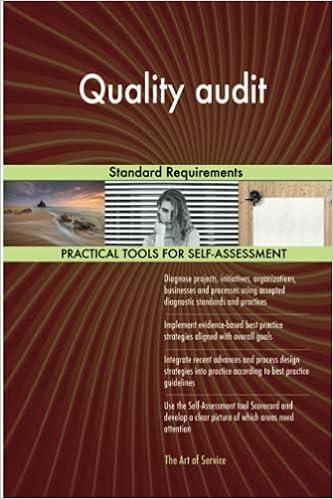Question
Bond Premium, Entries for Bonds Payable Transactions Campbell Inc. produces and sells outdoor equipment. On July 1, Year 1, Campbell issued $38,000,000 of 10-year, 10%
Bond Premium, Entries for Bonds Payable Transactions
Campbell Inc. produces and sells outdoor equipment. On July 1, Year 1, Campbell issued $38,000,000 of 10-year, 10% bonds at a market (effective) interest rate of 8%, receiving cash of $43,164,447. Interest on the bonds is payable semiannually on December 31 and June 30. The fiscal year of the company is the calendar year.
Required:
If an amount box does not require an entry, leave it blank.
1. Journalize the entry to record the amount of cash proceeds from the issuance of the bonds on July 1, Year 1.
| Cash | |||
| Premium on Bonds Payable | |||
| Bonds Payable |
Feedback
Bonds Payable is always recorded at face value. Any difference in issue price is reflected in a premium or discount account.
The straight-line method of amortization provides equal amounts of amortization over the life of the bond.
Learning Objective 2.
2. Journalize the entries to record the following:
a. The first semiannual interest payment on December 31, Year 1, and the amortization of the bond premium, using the straight-line method. (Round to the nearest dollar.)
| Interest Expense | |||
| Premium on Bonds Payable | |||
| Cash |
Feedback
Bonds Payable is always recorded at face value. Any difference in issue price is reflected in a premium or discount account.
The straight-line method of amortization provides equal amounts of amortization over the life of the bond.
Learning Objective 2.
b. The interest payment on June 30, Year 2, and the amortization of the bond premium, using the straight-line method. (Round to the nearest dollar.)
| Interest Expense | |||
| Premium on Bonds Payable | |||
| Cash |
Feedback
Bonds Payable is always recorded at face value. Any difference in issue price is reflected in a premium or discount account.
The straight-line method of amortization provides equal amounts of amortization over the life of the bond.
Learning Objective 2.
3. Determine the total interest expense for Year 1. Round to the nearest dollar. $
4. Will the bond proceeds always be greater than the face amount of the bonds when the contract rate is greater than the market rate of interest? Yes
5. Compute the price of $43,164,447 received for the bonds by using Exhibit 5 and Exhibit 7. (Round to the nearest dollar.) Your total may vary slightly from the price given due to rounding differences.
| Present value of the face amount | $ |
| Present value of the semi-annual interest payments | $ |
| Price received for the bonds | $ |
Step by Step Solution
There are 3 Steps involved in it
Step: 1

Get Instant Access to Expert-Tailored Solutions
See step-by-step solutions with expert insights and AI powered tools for academic success
Step: 2

Step: 3

Ace Your Homework with AI
Get the answers you need in no time with our AI-driven, step-by-step assistance
Get Started


